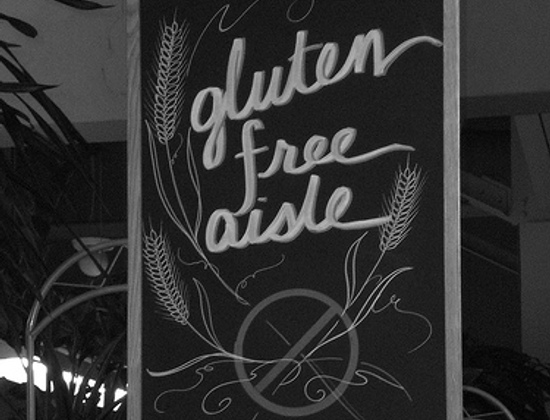
The following is a guest post shared by Dr. Jill Tieman of Real Food Forager. Thanks, Dr. Jill!
Recently, The Washington Post reported about the FDA’s reluctance to make a decision about gluten-free labeling. Under a 2004 law Congress gave the FDA until 2008 to establish a standard for food manufacturers who want to use the term “gluten-free” in their food label.
Alessio Fasano, medical director of the Center for Celiac Research and one of the authors of new research proving the existence of gluten sensitivity at the University of Maryland School of Medicine, feels it is a “no-brainer.” Fasano believes that the incidence of Celiac disease is skyrocketing in this country because changes in agricultural practices have increased gluten levels in crops. “We are in the midst of an epidemic,” he said.
Food manufacturers are jumping on this market potential with sales of gluten-free cereals, snacks and other foods projected to reach $2.6 billion next year. This is up from $100 million in 2003.
In typical fashion and because the labeling terms are unregulated at this point, many foods labeled by the manufacturers as gluten-free, in fact, have small amounts of gluten that could trigger an attack in a susceptible person.
Celiac disease is an autoimmune condition in which the body may have an immune response to even a molecule of the protein gluten. This immune response causes inflammation which can cause damage to the lining of the small intestine. People who have this condition may experience gastrointestinal symptoms like abdominal pain, bloating, and gas but they may also have symptoms that are seemingly unrelated, such as fatigue, headaches, acne, muscle pain, growth failure in children, etc. due to the malnutrition that results from damaged intestines.
It can take years for a correct diagnosis. Blood testing is done for special antibodies, called antitissue transglutaminase antibodies (tTGA) or anti-endomysium antibodies (EMA). However, many people test negative. Most medical doctors stop right there and tell these patients that they can eat gluten because they are not Celiac. However, a person can have a negative blood test and still be gluten-intolerant. There has been recent research proving the existence of gluten-intolerance or gluten sensitivity. This greatly increases the numbers of people who really need correct and truthful labeling.
Why is the FDA dragging their feet about this? While they continue to conduct open-forum debates calling upon experts, food manufacturers are having a field day with semantics and labeling. Nothing has been settled and companies are getting away with falsely labeling gluten-free products.
The fundamental problem is whether or not food manufacturers can reliably test for the presence of gluten.
The Codex Alimentarius Commission — an international body — and countries like Canada, Brazil and Australia all have standards for gluten-free labeling. That standard is 20 parts per million (ppm). In other words, the food item can be labeled gluten-free it it contains less than 0.0007 of an ounce of gluten for every 2.2 (kg) pounds of food. This is the minimum amount of gluten that can be detected in a reliable way.
Many manufacturers are stringent in their testing of ingredients and their isolation of the equipment they use for processing. Others are not. In fact, in North Carolina, a man was recently sentenced to 11 years in prison after he was convicted of buying regular bread and repackaging it as gluten-free.
Celiacs and those who are gluten-intolerant feel that they are not being taken seriously.
The FDA proposes to define the term “gluten-free” to mean that a food bearing this claim in its labeling does not contain any one of the following:
- An ingredient that is a prohibited grain
- An ingredient that is derived from a prohibited grain and that has not been processed to remove gluten
- An ingredient that is derived from a prohibited grain and that has been processed to remove gluten, if the use of that ingredient results in the presence of 20 parts per million (ppm) or more gluten in the food, or
- 20 ppm or more gluten
The FDA is also proposing synonyms for the Gluten-free labeling claim: Free of gluten, without gluten and no gluten are all acceptable wordings.
All of these proposals are well and good. But the bottom line is, if you suffer from Celiac, gluten sensitivity or gluten intolerance, the best way to avoid any problems is to steer clear of packaged foods completely and eat real whole foods that are made at home. Learn how to bake delicious grain-free products, and most importantly eat plenty of pastured eggs, poultry and grassfed beef as well as healthy animal fats from pastured and humanely treated animals. For people with severe intestinal problems I recommend checking out the GAPS diet.
Dr. Jill Tieman is a Clinical Nutritionist and Chiropractor practicing in Suffolk County, New York. She specializes in SCD (Specific Carbohydrate Diet) and GAPS (Gut and Psychology Syndrome). She is also the co-Chapter Leader of the Great South Bay Chapter of the Weston Price Foundation. As a supporter of WAPF, she is enthusiastic about teaching people how to use real, wholesome foods to reinvigorate their health.
(photo by whatshername)
 |



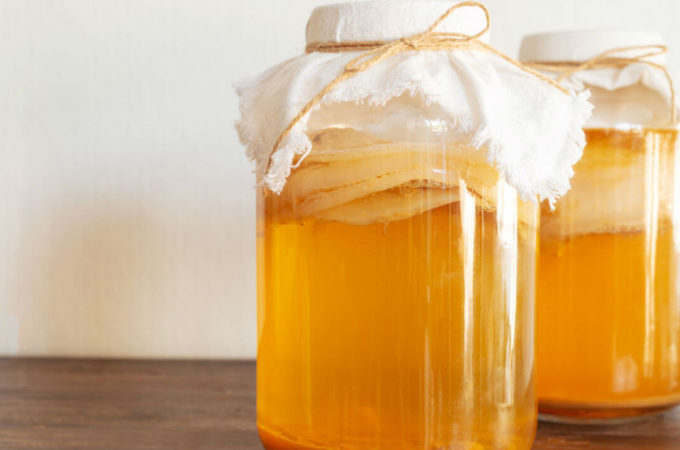

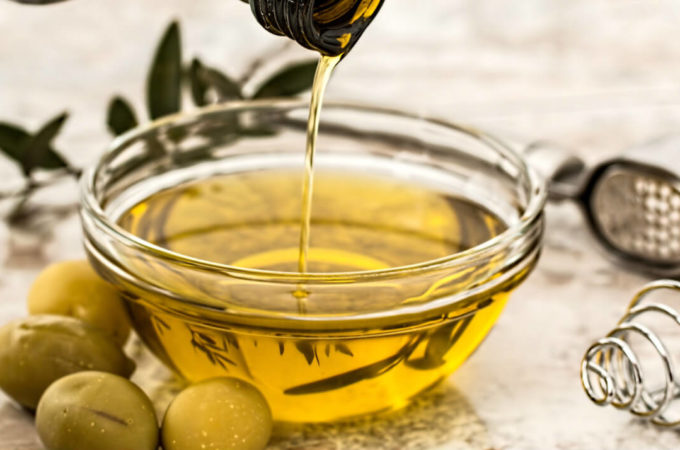
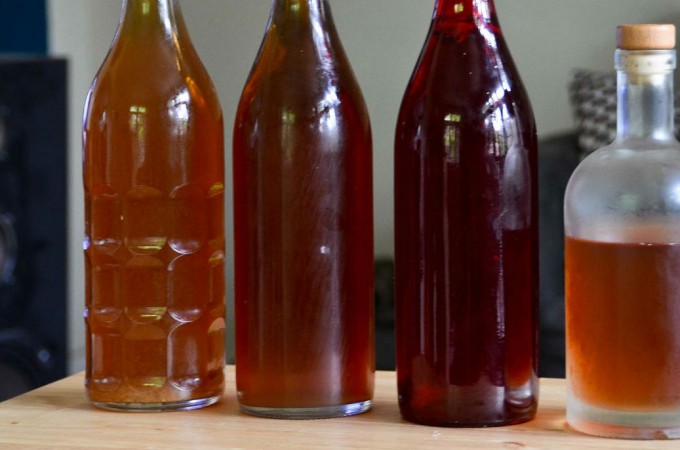
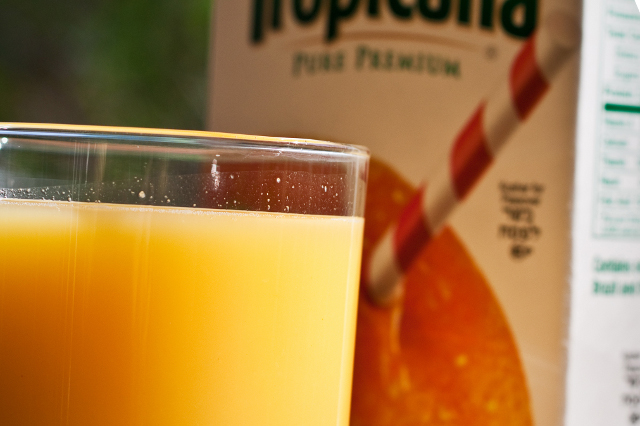
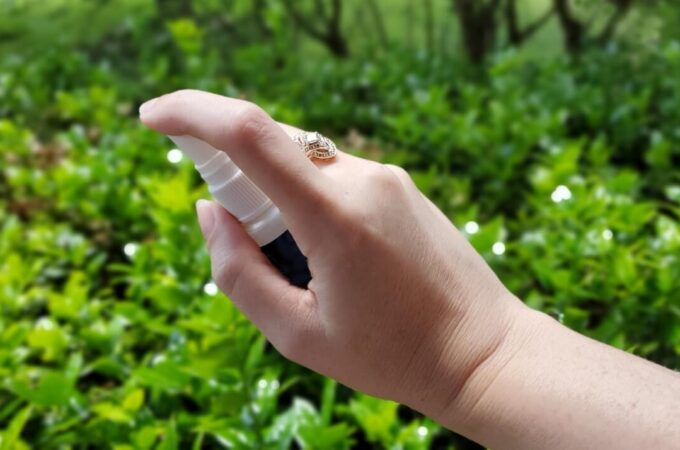
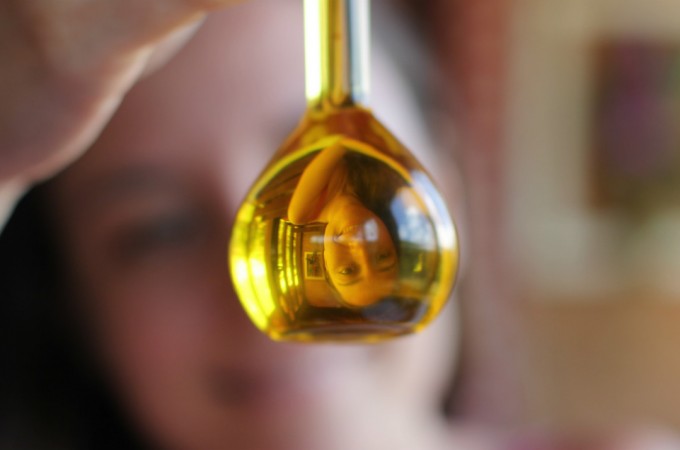



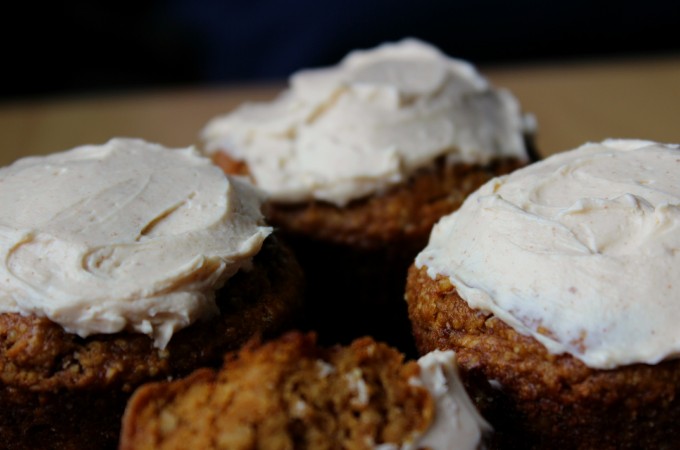


Great article! I will be re-posting this.
Hi Katie,
Thanks so much!
It’s amazing to watch the gluten free aisles grow and grow at the healthfood stores. Gluten free products are just switching from one type of health junk food to gluten free health junk food. Many people find that if they sprout, soak, or sour leaven their own freshly ground nonhybridized low gluten grains (like spelt) at home, they have little to no trouble with gluten any longer.
Hi Sarah,
So true. But what really bothers me is that they are just substituting one grain for another starch that may or may not be well tolerated and that is, as you said “junk”. That being said, food manufacturers should still be held accountable for what they put on the labels.
And it’s not just health food stores. Conventional grocers are expanding their distribution of “gluten-free” products (I will now only use that term with quotes around it!). Some chains, such as Safeway, are even experimenting with “gluten-free” sections. Unfortunately, if the claim is not heavily regulated, the food manufacturers will do everything they can market their products to the masses. I thought Chex cereals were “gluten-free,” now I have to investigate further.
I didnt know until about 6 months ago that pre-grated cheese is coated with starch that I cant have, to keep it from clumping together. Also had a friend ask if I wanted bottles of Ecover DISHSOAP. She said it has gluten in it!!!
Hi Dona,
There are starches (that are potentially gluten) in many many products. That
is why it is so frustrating for gluten sensitive people. For instance, they use a gluten starch in many spices in order to help the flow. They inject beef and poultry with a solution that has starch (gluten) in it for flavoring. The list goes on in food items you would never think had gluten in it.
http://www.ecover.com/us/en/Products/Dishes/Lemon+and+Aloe+Vera+Dishwashing+Liquid.htm
A lot of prepackaged GF foods are complete junk.
Spelt is not acceptable for those on a gluten-free diet.
http://www.glutenfreedietitian.com/newsletter/spelt-is-wheat-dont-eat/
http://www.ars.usda.gov/sp2UserFiles/ad_hoc/53253200WheatQualityResearch/pdf/Kasarda_et.al.1999.pdf
Sarah,
I love your blog and can’t wait to get my daily email’s, but I have to say I am frustrated that so many real food blogs claim that most/most people can tolerate sprouted, soaked or fermented grains. I know from personal experience this is not always true, as much as I would like it to be. I have tested negative for Celiac through blood testing and negative for Gluten Sensitivity through stool testing through Enterolab . As much as I wanted to be able to eat wheat and gluten containing items I cannot. I am well aware of how horrible I feel with a myriad of symptoms when I consume wheat, properly prepared or not. I fear that many will continue to consume wheat and not realize although they do not feel ill or otherwise effected they can still systemic inflammation which will put them at risk for many health issues later in life.
I agree with Al and Heather. For those of us who are gluten-sensitive or celiac, soaking and sprouting any gluten-containing grain is not an option. Even the tiniest amount can cause problems – for me, migraines, mouth ulcers, achy joints. I rarely buy any gluten-free options any more. In fact, I eschew grains almost completely now. They are really not necessary at all in the human diet and there is a lot of evidence that the toxins in grains prevent nutrient absorption and can cause neurological and gut damage. It really annoys me that manufacturers use the loopholes in our system to proclaim their products are gluten-free when, in fact, they are not.
I too agree with Al and HEather. Spelt is a ancient distant cousin of wheat and it contains gluten. And although soaking and sprouting grains may help with the digestion of them in people who are not sensitive or allergic to gluten or wheat, it will not help someone who has Celiac’s disease or a true sensitivity to gluten or a wheat allergy. These are serious medical conditions that need to be treated as such. For someone with Celiac disease, eating any amount of gluten will cause any of a myriad of medical problems and may lead to an early death. It’s not something to fool around with. They MUST avoid gluten like the plague.
If however, someone has difficulty digesting grains because of the phytates or the starches, then soaking and sprouting and fermenting are great solutions. Considering how our current wheat supply has been altered and how far it is from it’s origins as a grain, I would suggest trying to avoid it as much as possible simply due to the fact that we really don’t know what it’s doing to our bodies in the long run. I suspect the grains that we consume today have a huge role in the types of diseases we are seeing more and more of including diabetes, cardiovascular disease, obesity, autoimmune diseases and more. The more I read the more I feel that the more “primal” way of eating may be the best healthwise.
Hi Heather,
Jill here.So true. Many people can not tolerate wheat or gluten products no matter how you prepare them. That is for that person to realize. Tests are not 100% accurate for every single person since we are all so different biochemically. While some people can tolerate these products if they are properly prepared, I don’t believe that I mentioned that in this article.
Also be aware of fructose intolerance, which can be confused for celiac.
Unfortunately, so do some “whole” foods. Conventional poultry, pork, and beef from the supermarket are, unless otherwise noted, injected with up to 15% of their weight with what they term “broth” or “moisture solution, which contains gluten. -S
Hi Wild Foods,
That is true and important for people with these sensitivities to realize.
You did a good job explaining the issue. However you left out an important development that Dr. Fasano has come up with which would slap dunk your argument.
Dr. Fasano has identified what the gluten threshold for Celiacs. It is 10mg. Check it out here, it is the fifth one down:
http://celiaccenter.org/celiac/research.asp
This gives FDA little wiggle room about what is a safe amount. No more excuses. Also helps manufacturers to know what to shoot for.
Come visit me and I will explain to you that Dr. Fasano is now using the terms stomach permeability in his research as it pertains to gluten sensitive folks. No one should be eating gluten since wheat lectins have keys that open stomach cell walls and launch autoimmune responses. Ever wonder why we have so many autoimmune diseases today? It is gluten and other foods that cause stomach permeability. Once you go down the Celiac and gluten rabbit hole it will take you to another level of understanding.
Hi Paleo,
Thanks for adding to the conversation. I do like your site.
Thanks Jill. I started with gluten free for my Celiac daughter 5 yrs ago and that ultimately led me to Paleo and then the subset for autoimmune conditions. I think many who are going gluten free now will realize they need to take it even further. When I saw that Dr. Fasano was on the same page as Dr. Cordain I knew I was on the right track. My IBS is gone now going Paleo and I went gluten and dairy free before and it didn’t go away. IBS is diet related and there are more bad foods besides gluten. All those Celiacs out there need to be taking it further to Paleo subset since they have an autoimmune condition.
“…Fasano believes that the incidence of Celiac disease is skyrocketing in this country because changes in agricultural practices have increased gluten levels in crops…”
My question is, why isn’t anyone addressing these changes in agricultural practices? Obviously the government isn’t, but is anyone else? I would think that is the logical place to start in combatting this epidemic.
Hi Betsey,
That would be another battle to wage against Big Ag and the food industry and what they are doing to the crops in the name of providing food…
Interesting post. I am not celiac but have tested allergic to wheat. Even a small amount makes me so sleepy and foggy-headed that I cannot function. I find eating in restaurants is my most challenging eating problem. Often wait-staff have no idea what’s in the food, plus cross contamination is frequent.
Seriously? Processed to remove gluten? What process would that be and what guarantee is that for anyone? At least in my immediate family gluten is not a concern but it sure sounds like the bus is out of control and no one is at the wheel.
Hi Linda,
So true. Restaurant staff really do not know what is in the food. Even the chefs — if they are using prepackaged or precooked foods — and most do, they do not know all the tiny amounts of different things that go into the processed foods. It never ceases to amaze me how little people know about what they are eating.
Yes, I too have unfortunately noticed this by how my body reacts when I eat certain “gluten-free” crackers especially. I hardly eat anything packaged, but crackers and cheese is a snack I love. Sometimes it’s a trial by error for new products, which shouldn’t be.
It’s true, most gluten-free products are completely void of nutrition. According to Dr. Natasha Campbell McBride, grains in general, and particularly gluten, are harmful to those with gut issues and those without unless prepared properly. I have found even through years of detoxing and eating healthy, traditional foods I still can’t eat much in the way of grains, prepared properly or not. My son gets congested, develops canker sores, and gets an upset stomach if he eats too many grains. So in our house, we avoid them, gluten-free or not. It’s a shame that so many people believe gluten-free automatically means healthy. It’s just like any other marketing scheme or advertising campaign, it’s essentially there to make money, and that’s it.
Rar! It makes me want to kick kittens…. Not really kittens, but gluten.
I have celiac, and while I do understand that most gluten-free packaged foods are junk, I also know that I have a hard time eating eggs, or dairy, or anything but white rice at times when I am having a flare up. I went Paleo for a few days and it sent my stomach into a frenzy for a week and gave me terrible heartburn so I had to take zantac which only further aggravated everything. I WANT to eat great healthy whole foods, but sometimes my body just won’t let me! It can certainly be frustrating!